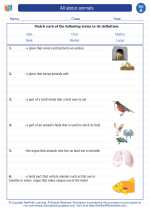What are Terrestrial Planets?
Terrestrial planets are a type of planet that are primarily composed of silicate rocks or metals. They are also known as rocky planets due to their solid and hard surfaces. In our solar system, the terrestrial planets are Mercury, Venus, Earth, and Mars.
Characteristics of Terrestrial Planets
1. Rocky Surface: Terrestrial planets have solid, rocky surfaces with mountains, valleys, and other geological features.
2. Thin Atmosphere: Their atmospheres are thinner compared to the gas giants, and they are primarily composed of carbon dioxide, nitrogen, and other gases.
3. Compact Size: Terrestrial planets are smaller and denser compared to the gas giants.
4. Close to the Sun: They are located closer to the sun compared to the gas giants, resulting in higher temperatures.
Study Guide: Terrestrial Planets
Here are some key points to include in your study of terrestrial planets:
- Identify the four terrestrial planets in our solar system.
- Describe the characteristics of terrestrial planets, including their rocky surfaces and thin atmospheres.
- Compare and contrast terrestrial planets with gas giants in terms of size, composition, and distance from the sun.
- Discuss the potential for finding life on terrestrial planets and the factors that contribute to habitability.
By understanding the unique features and characteristics of terrestrial planets, we gain valuable insights into the diversity of planets within our solar system and beyond.
[Terrestrial Planets] Related Worksheets and Study Guides:
.◂Science Worksheets and Study Guides First Grade. All about animals

 Worksheet/Answer key
Worksheet/Answer key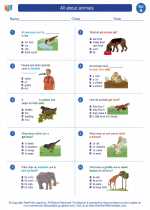
 Worksheet/Answer key
Worksheet/Answer key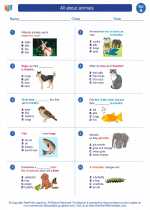
 Worksheet/Answer key
Worksheet/Answer key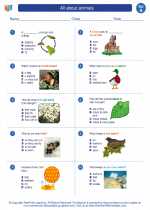
 Worksheet/Answer key
Worksheet/Answer key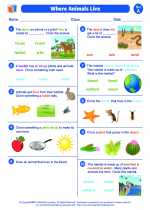
 Vocabulary/Answer key
Vocabulary/Answer key